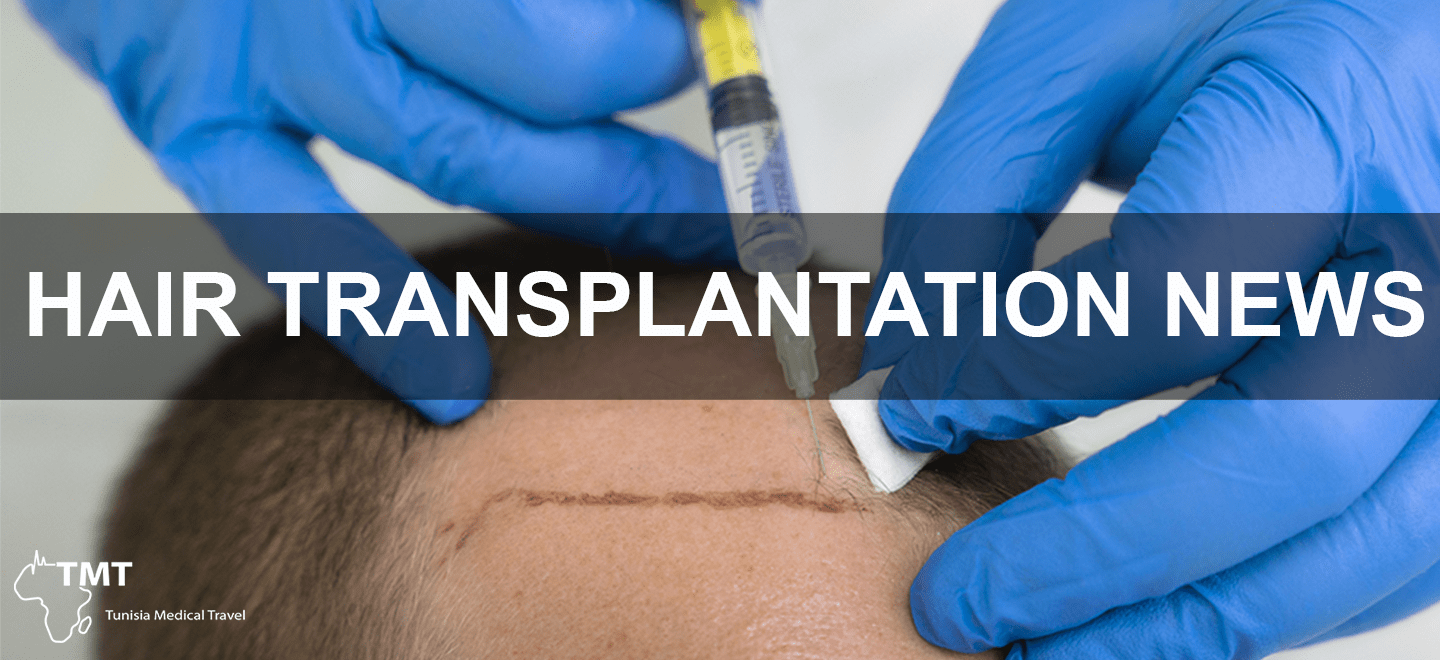HAIR TRANSPLANTATION NEWS
The hair and baldness
Since the legend of Samson, who maintained that his hair was the source of his great strength, hair has been synonymous with health, masculinity and seduction.
Statistics about baldness
Today, one in seven men suffers from baldness.
The causes of baldness
The causes of baldness are multiple: stress, diet, defects and the consumption of certain medications, but the underlying cause remains a hereditary excess of testosterone (male hormone).
Objective of hair transplantation
Removing a few hairs and implanting them in bald areas has been the main objective of hair transplantation techniques for several years. However, the latter techniques were exceedingly painful, mostly unsatisfying and left visible post-operational scarring.
THE TECHNIQUES OF HAIR TRANSPLANTAION
FUT (Follicular Unit Transplantation)
Today, the FUT (Follicular Unit Transplantation) technique has been refined to achieve better results and reduce frustration. FUSS (Follicular Unit Single Strip) is one of the latest techniques to emerge. In some ways it is similar to the above technique, as both produce millions of high quality grafts from strips of hair a few centimeters long. The hair is cut into several pieces, and then into follicular units. Each follicular unit contains one to four hairs, which are implanted in small incisions in the hair-free area. After three months, new hairs begin to grow.
FUE (Follicular Unit Extraction)
The FUE (Follicular Unit Extraction) has also been improved, leading to the FUE ultra-fine injection technique, which provides a natural-looking result without the risk of stitches, postoperative scarring or rejection. With the FUE technique, each hair graft is divided into a follicular unit, providing a more natural result. The harvested micrografts are transplanted in small incisions in hairless areas of the head. With the FUE technique of ultra-fine injections, no incisions are required, making it more precise, more discreet and less painful.
SUMMARY
FUE and FUT are reference techniques in hair transplantation; both offer chances of success, yet have their disadvantages. The decision on the latter techniques is made by the surgeon himself, since he is the one who knows them best her/his patient’s medical case and capillary specificities, and the degree and causes of alopecia.
THE FUTURE TECHNIQUE
A novel method, which is still being developed in Japan, promises to end alopecia definitively. The technique consists of cultivating hair follicle seeds and then transplanting them in hairless sites. The latter is believed to stimulate the growth of new hairs. Although this method is revolutionary because it does not require prior extraction or a donor site for transplantation, it is still in the experimental phase and will not be applicable to humans for another decade.

